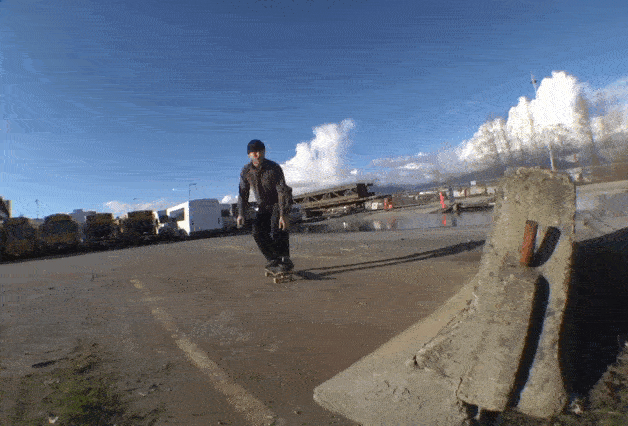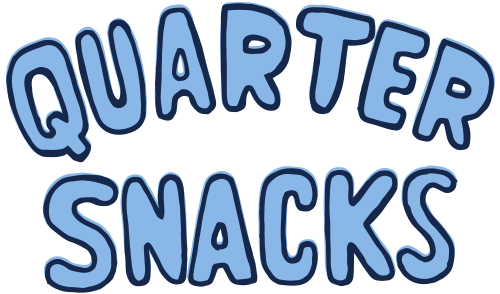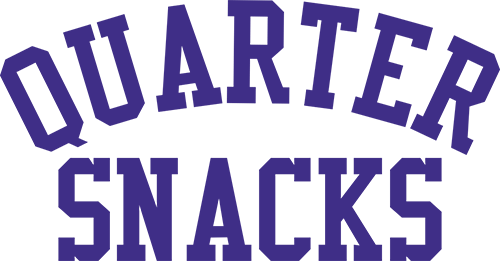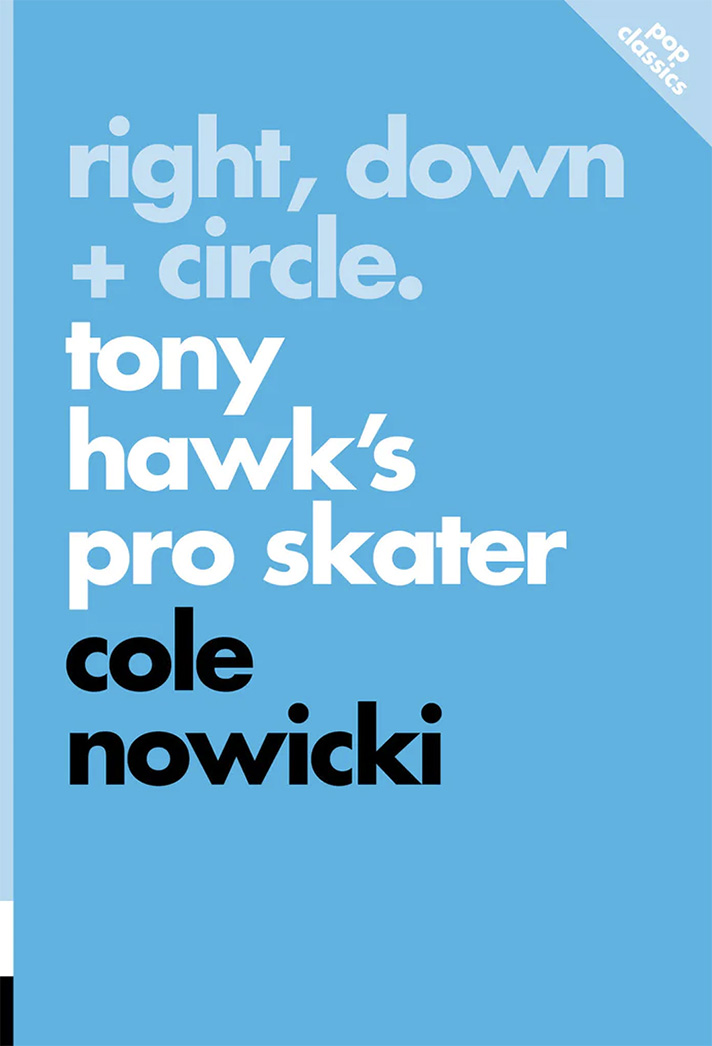🗒 Intro by Adam Abada
📖 Excerpt by Cole Nowicki
Like many of us – myself included – Cole Nowicki wouldn’t be here without Tony Hawk’s Pro Skater. He has a personal connection to the game, coupled with the acumen of a professional writer/researcher (and weekly newsletter-er.) Right, Down + Circle: Tony Hawk’s Pro Skater, his new book about the game, amounts to a really tight, compelling read.
Slim but potent, the book was written in just six months (Nowicki was offered five but begged for another month), and feels as if no moment was wasted. Universally setting the stage outside of the skateboarding world and then drawing us in deftly with the history of skate video games, Nowicki then uses what seems like every piece of media that ever references THPS to tell its story and illustrate its impact. Nowicki’s voice and storytelling are what elevate the story into something we can see and feel, like when he describes his after school snack, “some rotation of peanut butter on a spoon, plain mustard squirted onto a cold all-beef wiener, or a can of uncooked Chef Boyardee Ravioli.”
This treatment drives home the research-driven importance of the way THPS affects people and the culture. “I think having that human connection helps tell that story, because even though it is my individual story it is universal in a sense,” says Nowicki when I asked him about comparing his experience to the impact of the game. “It’s a pretty wild global community of fans and ultimately skateboarders that it created. Anyone knows someone where it helped get them into skateboarding or kept them skateboarding or taught them about skateboarding. That’s a pretty unprecedented impact for a video game, I think.”

Cole Nowicki — Blunt flip fakie from “Kitty“
There’s tons of other great stuff in this book, like the importance of music to culture and video games, wry and wide-ranging footnotes full of inside-ball tidbits (these go deep, like one paragraph about the history and difference between the benihana and benibonga, a trick name I had never even heard before), and references to a multitude of other 90s pop culture touchstones. I forget where, why or how, but at some point Nowicki features a metaphor about cooking a chicken marsala or a gumbo or something. The metaphor is about how it takes time to learn the skills to distill flavor down to full potency even if you’re following a recipe. Nowicki is skillful enough to pull off the non-sequitur metaphor, and with Right, Down + Center, he’s pulled off even more.
It is an easily readable, well-researched and dense history with a personal touch. If you read one book about skateboarding this (next?) year, pick this one.
📚 Purchase Right, Down + Center via ECW Press
📺 Watch Cole’s skate video, “Kitty”

Right, Down + Center‘s publisher, ECW Press, was kind enough to share the excerpt Adam mentioned above, exactly as it appears in the book:
6. The Personal, the Playable
The space between knowing and not knowing is a labyrinth. Some labyrinths are simple and can be navigated without too much effort or danger; others are winding and full of dead ends and minotaurs of varying size and ferocity. These mazes materialize when you discover a thing you want to know more about. Getting to the core of that curiosity — or solving the labyrinth — requires a process called learning.
Maybe you want to make a spicy chicken and couscous dish for dinner. That meal is at the labyrinth’s center. You must find your way to it. You Google a recipe, go to the grocery store, trudge home, prep the marinade, and start the vegetable broth on medium-high, taking each turn in the labyrinth with varying levels of confidence until the meat in the pan is no longer pink and squishy, the couscous is fluffed, and you’re scrambling for a garnish. But, even if you do make your way to the labyrinth’s center, that doesn’t always mean you’ll get out unscathed. The minotaur can still take a pound of flesh. Your chicken breast could end up dry and flavorless. But it’s a start. Repetition is key. Practice until you remember which of the labyrinth’s hallways have the loose cobblestones that keep tripping you up, where you’ll need to duck to avoid the poison dart booby traps. Eventually, the beast won’t be able to catch you; finally, the chicken breast is spicy and tender.
Conversely, the educational labyrinth that is skateboarding cannot and will not ever end. Every pathway contains a minotaur. Sometimes you can tame them (learning kickflips), but they will never all truly be defeated (I still regularly eat shit on kickflips after 23 years of doing them). That’s part of what makes skateboarding so exciting — its potential and unpredictability. The unknown becomes known in a swift, sometimes brutal manner.
When I first witnessed skateboarding, it was confounding. Then my older brother took it up, and it became something I needed to figure out immediately. I poured through what limited magazines and videos I could find, as if they were an operating manual. For a while, Pro Skater filled that void. Child-me could do the tricks in-game that I couldn’t execute or even understand in real life. Then I began to recognize the names of maneuvers from the game in the pages of Transworld Skateboarding that covered the walls of my brother’s and, later, my rooms. What were once abstract images began to take on definition.
When prolonged Northern Albertan winters finally retreated, I’d push my much-too-large-for-me skateboard down our street, riding up and down the rounded sidewalk curbs, pretending they were a personal half-pipe outside our home. I’d imagine myself doing the 540 tailgrabs I’d just spent the morning making my Chad Muska avatar do — a trick the IRL Muska couldn’t land either. The heelflips that would eventually skewer me in the driveway were possible on the screen. I could heelflip down stairs, onto rails, over cars, simply by pressing right + square. Eventually, I’d begin to land them in the driveway. These skateboarding tricks made their way from magazines and videos to a video game before finding themselves, after great struggle, under my feet.
This method was slow but effective and generally went as such: after school, I’d go home and eat a snack (some rotation of peanut butter on a spoon, plain mustard squirted onto a cold all-beef wiener, a can of uncooked Chef Boyardee Ravioli) and watch the tail end of Judge Judy before The Simpsons came on channel 31 (Fox Rochester). After that, I’d push in my brother’s Fulfill the Dream VHS and watch the sections with Steve Olson and Aaron Snyder and Toan Nguyen and Sammy Baptista, then skate to my rural Albertan hometown’s charmingly basic skatepark (which consisted of a rectangular concrete pad dotted with several hollow steel obstacles that, every time you rode on them, rang out across the neighboring hockey rink and playground like two ship hulls colliding) and try to learn a new trick. If I couldn’t, once home that evening, I’d try to make sense of it by doing it repeatedly in various levels of Pro Skater.
As small and pixelated as they were, those levels also served as new worlds to explore as I lived in my own limited reality. It was a way to experience locales and skate spots I could only encounter in videos and magazines — an interactive stopgap until I was able to skate them in real life. “Warehouse,” the level featured in the Pro Skater Pizza Hut demo disk that helped ignite the game’s buzz, was akin to my home skatepark. Basic, lacking flow, but still a place where I’d spend hours practicing tricks with no complaints. “School,” a level based in Miami, Florida, is comparatively expansive. You spawn on the roof of a covered walkway and fling yourself to the campus below to start the level. Then stairs, handrails, benches, and picnic tables await you — all the things my alma mater, Central Elementary School, did not have. Here I could skate outside in presumably muggy Floridian heat while I actually sat in my basement, heat cranked against a –35 degree Celsius Albertan winter.
The “Mall” level, well, as far as even pretend malls go, this one was admittedly underwhelming. As a child, I’d take weekend trips into the city with my father, one of our stops always being the crown jewel of the Prairies, West Edmonton Mall. So, I knew malls, and this wasn’t it. Where were the rollercoasters, Hooters restaurants, pirate ships, dolphins, submarines, and giant brass whales whose cavernous mouths you could stroll inside of? This very real mall was more preposterous than the one onscreen.
Contest levels like “Skatepark,” “Burnside,” and “Roswell,” where you competed against the game’s other characters to see who could land the highest score, were my least favorites. Even though I was the only one applying it, I found the competitive pressure too tense, sucking the enjoyment out of the game. A few years later, I’d enter my first real-life skateboarding competition in Nanaimo, BC, and endure much of the same feeling.






